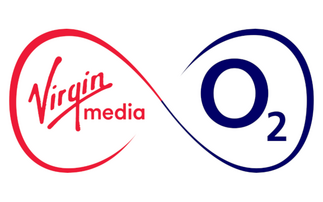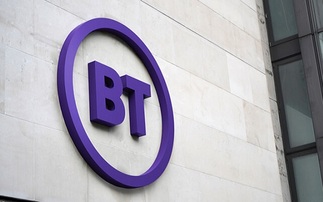Intel talks up its alternative to copper cabling for Infiniband and 10 gigabit Ethernet
Intel has come up with a sleeker, longer distance alternative to the copper cabling used to interconnect Infiniband and 10 gigabit Ethernet (10GbE) high performance computing (HPC) clusters in data...
To continue reading this article...
Join Computing
- Unlimited access to real-time news, analysis and opinion from the technology industry
- Receive important and breaking news in our daily newsletter
- Be the first to hear about our events and awards programmes
- Join live member only interviews with IT leaders at the ‘IT Lounge’; your chance to ask your burning tech questions and have them answered
- Access to the Computing Delta hub providing market intelligence and research
- Receive our members-only newsletter with exclusive opinion pieces from senior IT Leaders



















